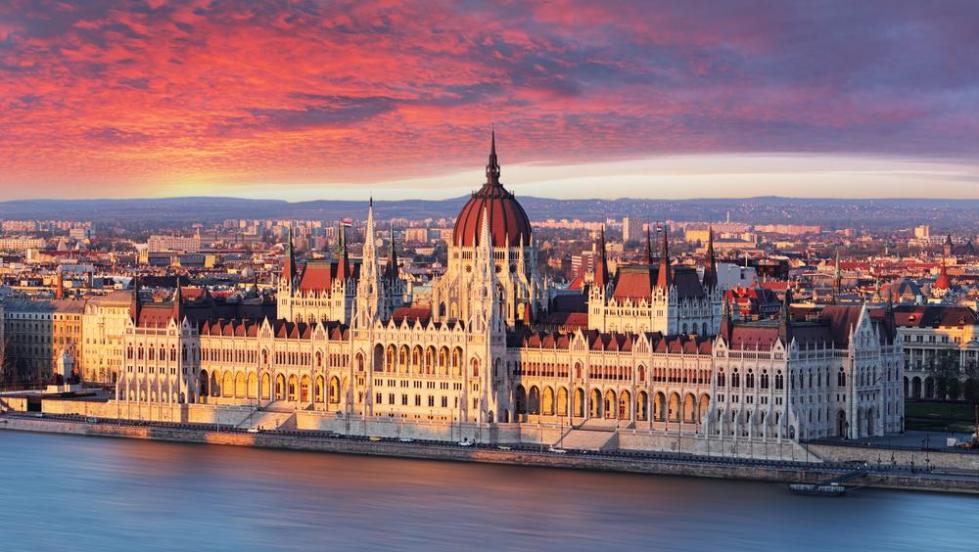About Hungary
Hungary is a landlocked country in Central Europe. Its capital, Budapest, is bisected by the Danube River. Its cityscape is studded with architectural landmarks from Buda’s medieval Castle Hill and grand neoclassical buildings along Pest’s Andrássy Avenue to the 19th-century Chain Bridge. Turkish and Roman influence on Hungarian culture includes the popularity of mineral spas, including at thermal Lake Hévíz. Following centuries of successive habitation the foundation of Hungary was laid in the late 9th century by the Hungarian grand prince Árpád in the conquest of the Carpathian Basin. Hungary's current borders were established in 1920 by the Treaty of Trianon after World War I, when the country lost 71% of its territory and 58% of its population including 32% of ethnic Hungarians. Hungary was the world's thirteenth most visited tourist destination country in 2002. Hungary's tourist season is from April through October. July and August are the best tourist months. Budapest is the country's most popular tourist destination. Budapest became one of Central Europe's most popular tourist attractions in the 1990s. Attractions in the city include Buda Castle which houses several museums including the Hungarian National Gallery, the Matthias Church, the Parliament Building and the City Park. The city has many museums, three opera houses, and thermal baths. Buda Castle, the Danube River embankments and the whole of Andrássy Avenue have been recognized as an UNESCO World Heritage Site. Lake Balaton in western Hungary is the largest freshwater lake in Central Europe. It is the second most important tourist destination in Hungary.
